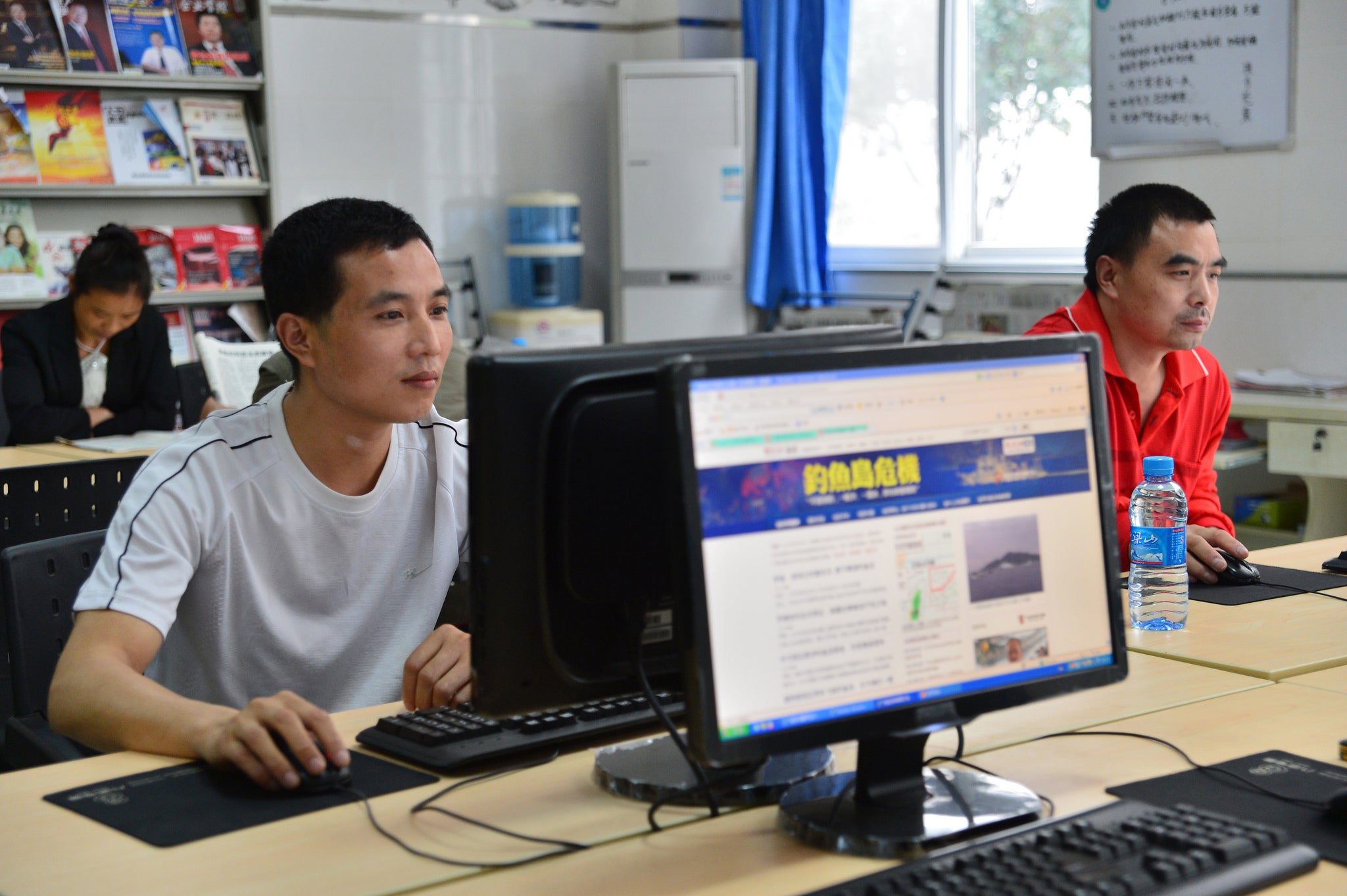
Four overarching sustainable energy themes emerge from the report:
Progress on Universal Access to Energy
The region is making great strides in bringing its people universal access to electricity. China achieved universal access in 2014, while countries like Nepal, Bhutan, Afghanistan, Cambodia, Lao PDR, and India achieved some of the fastest electrification growth rates, using a combination of grid and off-grid solutions . The region overall, however, saw a slowdown in the rate of electrification, and a growing chasm between electrification in urban and rural areas. While Asia-Pacific may reach universal electrification by 2030 (up from 90.3 percent electrification in 2014), there is much work to be done to ensure that such access is reliable and affordable.
Access to Clean Cooking Fuel and Technologies
Half of the population in Asia-Pacific has yet to gain access to clean cooking fuel, which primarily affects women in the region . Due to underinvestment and the slow rate of growth in bringing clean fuels and technologies (such as liquefied petroleum gas (LPG), biogas, electricity, advanced biomass cookstoves and solar cooking) to the region, Asia-Pacific is likely to fall short of the 2030 SDG7 goal for clean cooking. While Indonesia emerged as one of the region’s noteworthy exceptions increasing access to clean cooking to 56.6 percent in 2014 from 2.4 percent in 2000, other Asia-Pacific countries need to make a concerted effort to prioritize clean cooking policies and investments.
Improvements in Energy Efficiency
Asia-Pacific countries showed a lot of promise in making energy efficiency improvements with the region’s energy intensity inching close to the global average and continued decoupling of GDP growth and energy consumption. The region saw the largest drop in energy intensity of the industrial sector globally, spurred by efficiency improvements made by China. Despite strong demand-side and supply-side improvements backed by policy incentives, the growing population and accompanying economic growth makes it one the most energy-intense of all global regions. Technology leapfrogging and investments of over $210 billion annually are needed to put Asia-Pacific on the path to achieving the 2030 SDG 7 goal .
Greater Investment in Renewable Energy
The Asia-Pacific region emerged as a global leader in renewable energy investment, as well as installed capacity and consumption. With effective target-setting financial incentives, public financing measures, new regulations, and advances in technology, modern renewables constituted 6.8 percent of the region’s total energy consumption. However, the region lags in the use of renewables for heating and there is significant use of traditional biomass for heating purpose. Fast growth in hydropower and an exponential rate of growth in wind and solar are barely able to keep up with the fast growth in the region’s total energy consumption across residential, industrial and manufacturing sectors.
With a large part of the Asia-Pacific region on the cusp of economic expansion, every country will choose their individual paths to meet the energy needs of their populations. But their journeys will be underscored by a common challenge to meet these needs in a secure, affordable, and sustainable manner. The next edition of the World Bank’s annual Global Tracking Framework, which will be released in May 2018, will shed more light on the Asia Pacific’s progress towards achieving access to sustainable energy for all.
This publication will be complemented by the third edition of the World Bank’s Regulatory Indicators for Sustainable Energy (RISE), to be released in December this year, under which global indicators are established and measured across the three pillars of sustainable energy—access to modern energy, energy efficiency, and renewable energy.


Join the Conversation